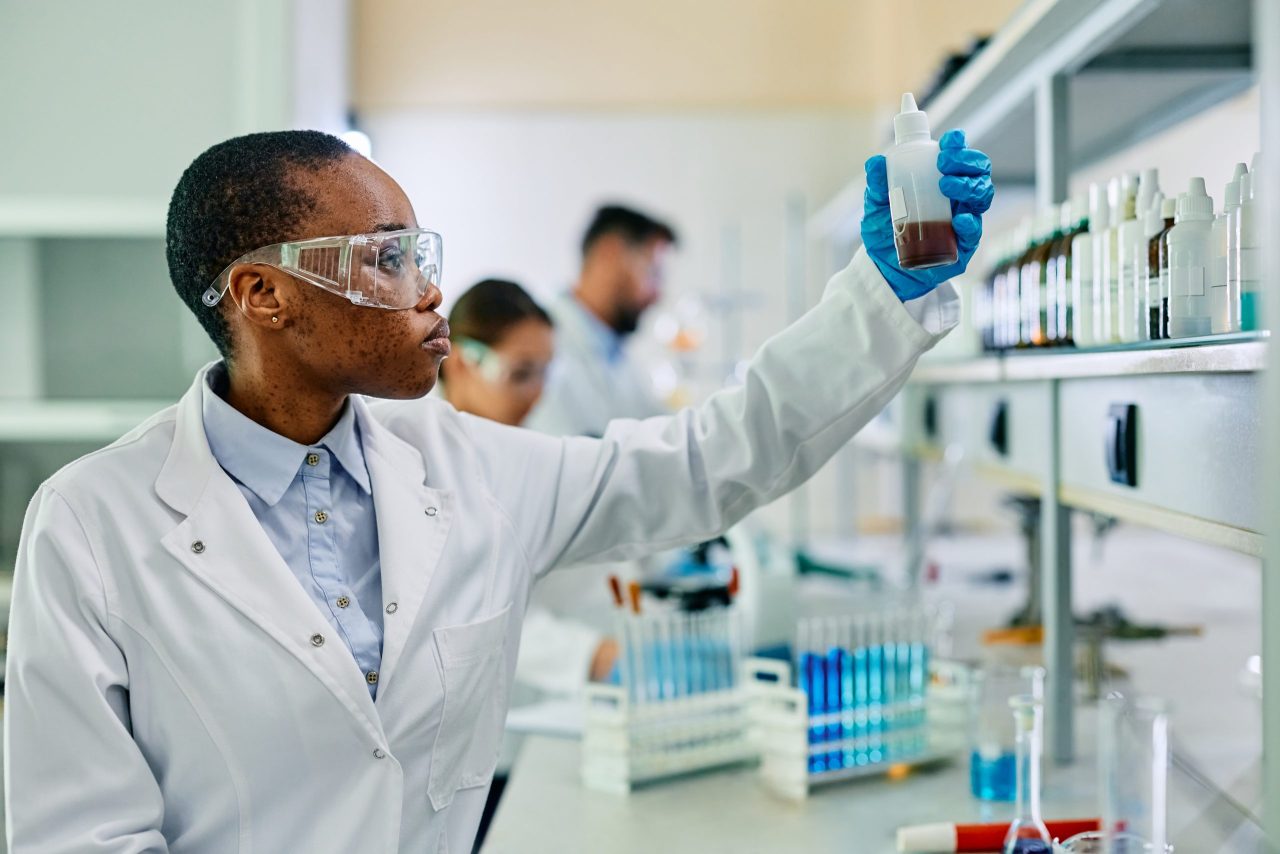The term “laboratory” often conjures up images of scientists in white coats, consumed in experiments with steaming test tubes. However, laboratories are not all the same. Each is tailored to a specific field of research and, as such, contains specific items, equipment, and even safety standards to address the needs of that field. A chemistry lab, for example, differs significantly from a biology or physics lab.
Unique Equipment, Safety and Materials
One of the most prominent aspects of chemistry laboratories is the unique nature of their equipment. Such a laboratory would be equipped with a variety of instruments intended for measuring, mixing, heating and analyzing chemical compounds. This equipment includes test tubes, flasks, Bunsen burner, and micropipettes.
Strict safety protocols are also key elements that distinguish chemistry laboratories from other laboratories. Since chemical compounds can be highly volatile or hazardous if not handled properly, chemistry labs have a number of safety regulations that must be followed at all times. The use of materials is another factor that distinguishes chemistry laboratories. Typically, these laboratories use liquid and solid solutions, metals, nonmetals, gases, and organic and inorganic materials.
The Scientific Approach
Chemistry labs are also defined by their focus on the composition, structure, properties and changes of matter. Unlike biology labs that focus on the study of living organisms, or physics labs where the properties of time, space and energy are studied, chemistry labs are concerned with how elements interact and transform.
Study and experimentation at the molecular and atomic level are fundamental in chemistry labs. The focus here is on understanding the reactions and transformations that occur when chemical compounds interact.
Research Techniques and Methods
Finally, the research techniques and methods chosen also play a crucial role in distinguishing chemistry laboratories. Common techniques used in these laboratories include chromatography, spectroscopy, and titration.
Chromatography, for example, is a technique that allows scientists to separate complex mixtures into their individual components, while spectroscopy involves the study of the interaction between light and matter. And, titration is a measurement process used to determine the concentration of a substance in solution.
The future of laboratories at Kalstein
In summary, although all laboratories have in common the pursuit of knowledge and the advancement of science, chemistry laboratories maintain their unique identity and individuality. Through the use of specific equipment, unique safety protocols, a clear scientific approach, and precise research techniques, they offer an unparalleled experimental space to analyze and understand the fascinating world of chemistry.
We at Kalstein have a 3D digital platform that allows you to find where to buy, sell or rent laboratory equipment, anywhere in the world in 10 different languages, on the Kalstein platform you will enjoy showing your scientific advances making use of the technological advances we have for you, and share with the world the challenges of chemistry laboratories, being seen is more. HERE

